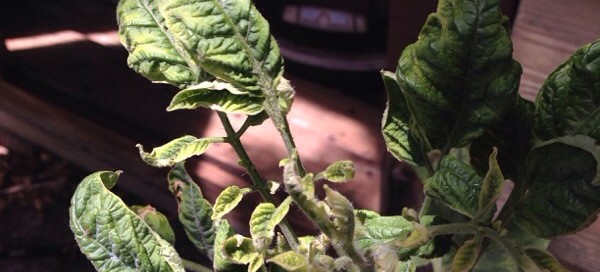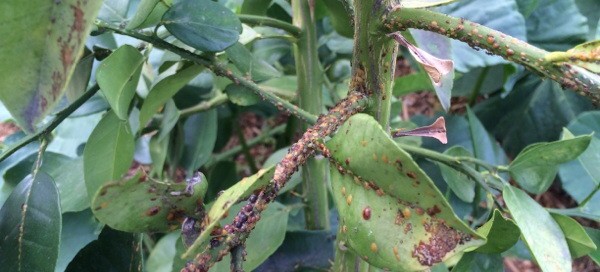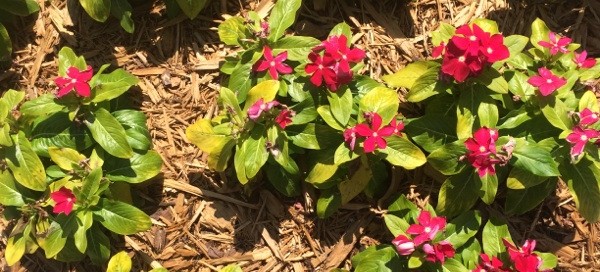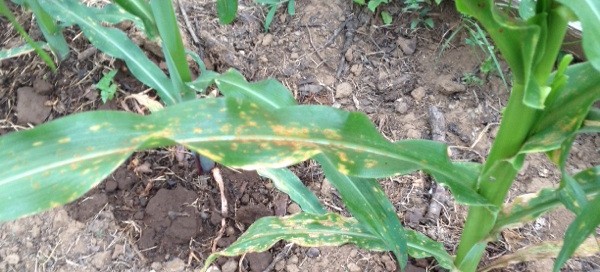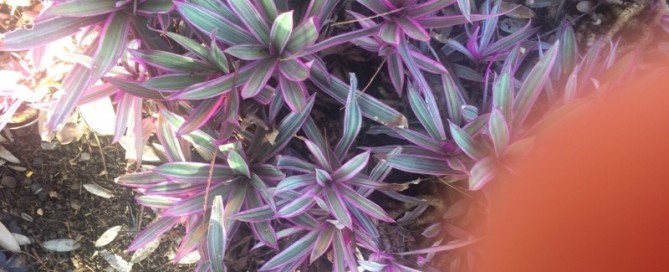Honeysuckle Problem
We remember your first submission and we can see the plant has declined since then. Unfortunately, it's difficult to diagnose this type of general ailment from a photo. The first thing we would look at is watering & drainage. You say you water it frequently. Please describe your watering regimen; we want to be sure you're not overwatering. Honeysuckle should dry out a little between waterings; water when the top 1/2 - 1 inch of soil is dry to the touch, and then, water until water comes out the drainage holes in the bottom of you pot. The size of the pot is probably ok for now; it depends on how big the rootball was when it was planted. Did you do the planting? Do you remember if the rootball was much smaller than the pot itself or about the same size? If the soil doesn't seem constantly wet, the next thing to look at is nutrition. Yellow leaves can sometimes indicate a nitrogen deficieny, but since this is newly planted (presumably in fresh potting soil), this is unlikely. Transplant shock is another possibility. The last thing to consider is fungal disease. There are a few fungal diseases that effect honeysuckle; they are more prevalent in wet, humid weather. If you can eliminate the other possibilities, we suggest you send a few leaves to your local coop extension office to see if they can diagnose a specific disease.



